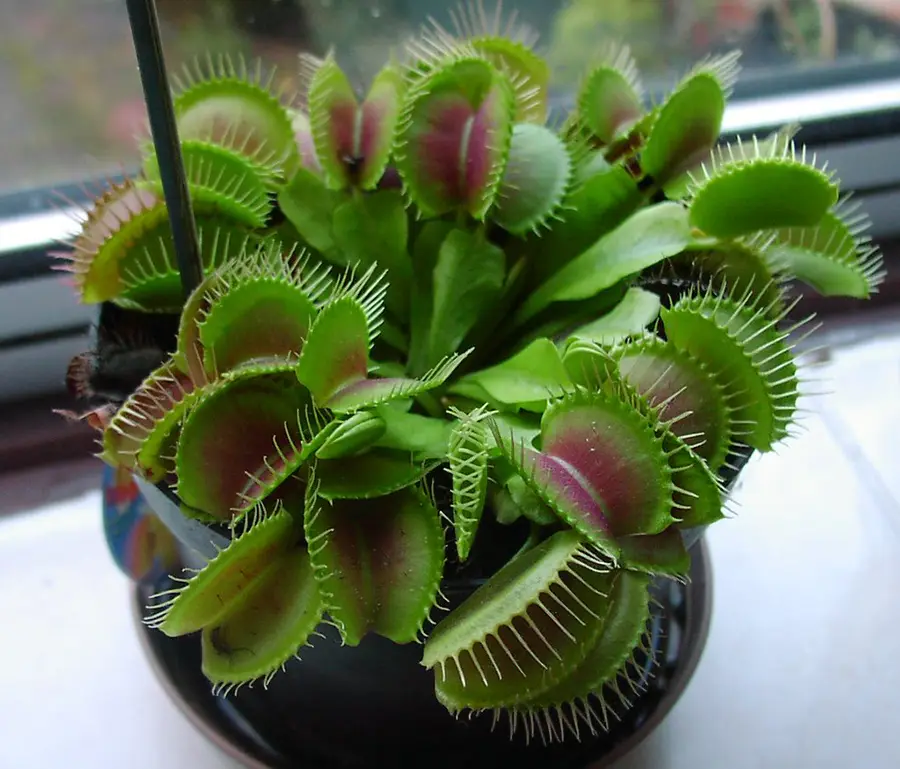- Joined
- Apr 20, 2016
- Messages
- 41
- Reaction score
- 14
- Location
- Southeast Michigan
- Hardiness Zone
- 6B
- Country

Like the real pro I am, I went ahead and re-potted my new Venus Flytrap without bothering to look up how to care for it properly first. My birthday is tomorrow and my hubby gave me the plant as a gift this past weekend. I have always loved flytraps and I want to do right by it. I have it near a window right now, getting bright, indirect lighting, and made sure its soil is damp but not soaking. Earlier today I thought the poor thing needed a bigger pot, so I very gently re-potted it. Instinctively, I realized I had to be very tender with the leaves but the poor thing was still a little bit traumatized, closing up most of its little red and green 'mouths'. I am pretty sure the leaves will re-open in a little bit but when I looked online (after the fact, naturally) the consensus is that I should have shaken off most of the dirt from the roots before re-planting. Instead, I loosened up the roots, dropping some of the dirt in the process and leaving most of it intact.
Anyway, the poor thing is in its new home and watered, fed some nice nutrients and now I'm just leaving it alone for awhile. Have I done horribly wrong or do you think the little guy will recover and flourish despite its terrible second day with 'mom'? I found out a little late that I shouldn't have handled it too much the second day after bringing it home, but it didn't look like it suffered too much during transit.
Anyway, the poor thing is in its new home and watered, fed some nice nutrients and now I'm just leaving it alone for awhile. Have I done horribly wrong or do you think the little guy will recover and flourish despite its terrible second day with 'mom'? I found out a little late that I shouldn't have handled it too much the second day after bringing it home, but it didn't look like it suffered too much during transit.

